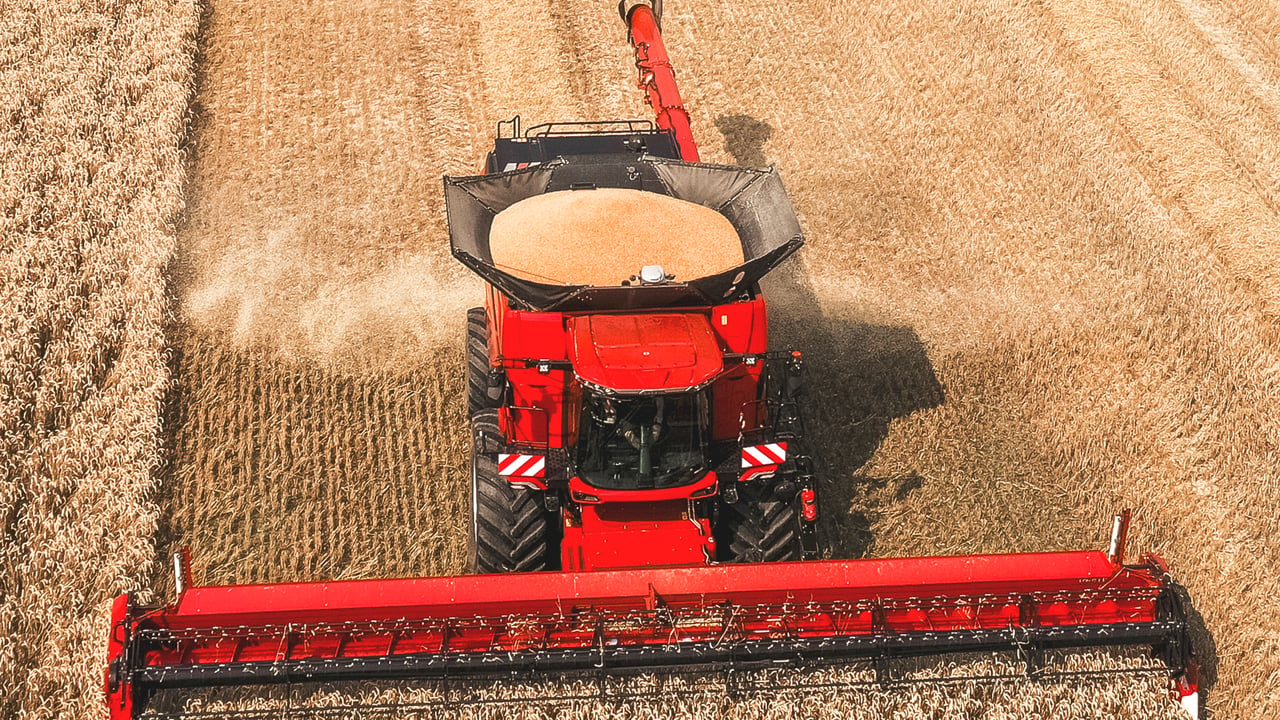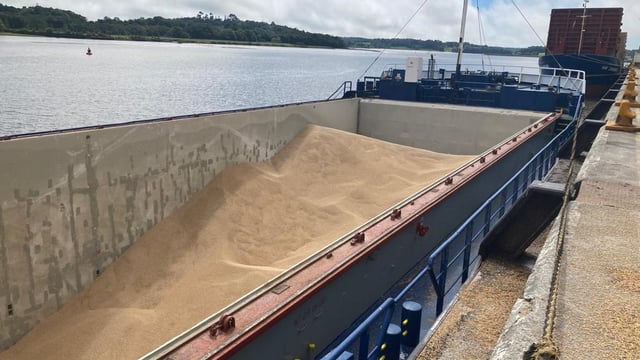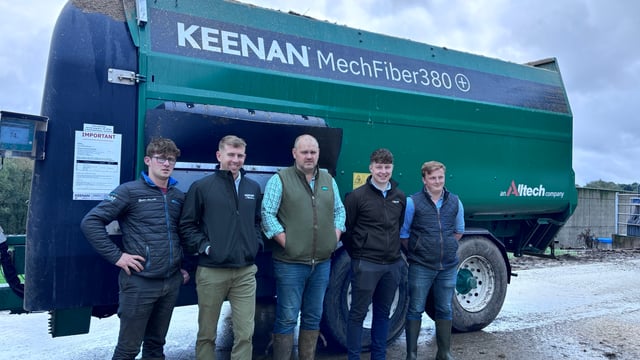Survey: Tillage farmers want evidence of success before innovating
A new Teagasc study has confirmed the factors that drive innovation within the Irish tillage sector on a consistent basis.
The report points to the key role played by visible proof of delivery in this context.
In other words, most Irish tillage farmers won’t adopt a new practice unless they see proof that it works; on local soil, under Irish conditions, and backed by growers they trust.
This is one of the key takeaways from the recent study involving 154 Irish tillage farmers, covering over 29,000ha; around 9% of Ireland’s total cropping area.
It was found that many growers demand robust, locally validated evidence before considering the adoption of an innovation.
The study found that a significant number of farmers insist on seeing clear, region-specific results from local trials, along with evidence that the innovation they are considering is being widely adopted locally by their peers.
For these growers, the assurance that a new innovation works reliably under Ireland’s unique climatic and soil conditions is essential before they commit to change.
These were the views held by the majority of plough-based (90%) but less-so with non-plough growers (39%).
In contrast, many more non-plough growers (61%) compared to plough-based growers (10%) displayed a higher tolerance for risk and are generally more willing to experiment with novel practices, even when local data is less abundant.
This behaviour, typical of early adopters, may not be compatible with the scale and economic circumstances of many farm businesses.
The study was carried out by Teagasc post-doctoral student: Jack Jameson.
He said:
“The findings offer a roadmap for researchers, advisors and policymakers aiming to boost innovation uptake and promote more sustainable farming in Ireland’s tillage sector.”
The research highlights that trusted, local information sources are highly valued among Irish growers, especially plough-based growers.
Many growers expressed a strong preference for advice provided by well-established local advisory services, particularly those offered by Teagasc.
In addition to formal advisory services, growers also place considerable trust in their peers, placing stock in learning from other growers that have first-hand experience with new innovations.
“This peer-to-peer exchange is especially valuable," Jameson added.
“It offers practical insights that are directly relevant to the challenges growers face locally.”
However, the study also revealed a notable trend: many growers, particularly those using non-inversion systems (40%), often turn to non-Irish sources for information.
While non-Irish sources can certainly offer some valuable insights, this reliance on data generated under conditions that differ markedly from Ireland’s signals the presence of significant Irish knowledge gaps.
The danger for growers is that information relating to an innovation gained from non-Irish sources may not fully reflect the specific challenges posed in Irish growing conditions and the adoption of innovations in this case might carry excessive hidden risks.
This reinforces the urgent need for more Irish research on crop establishment systems particularly.





